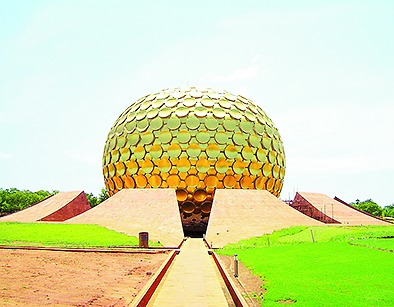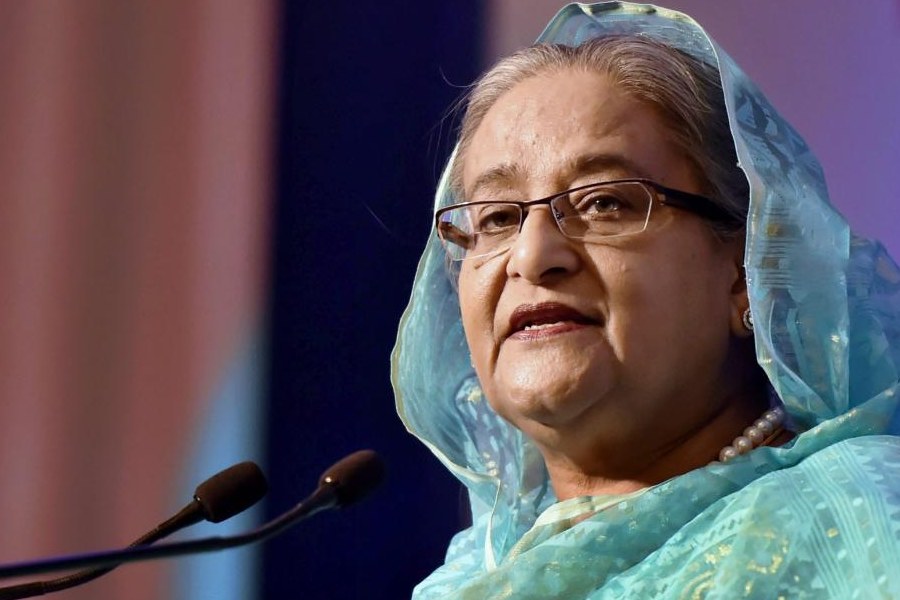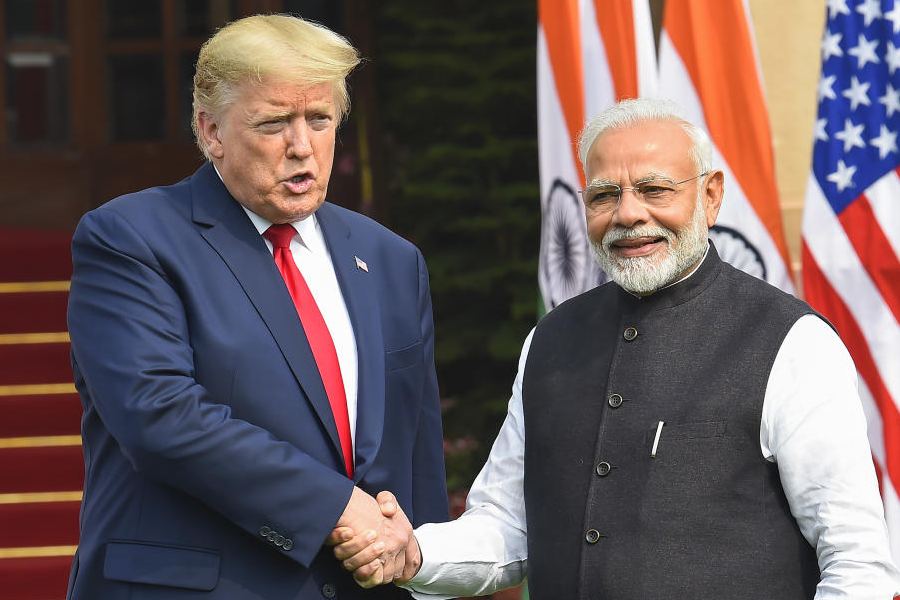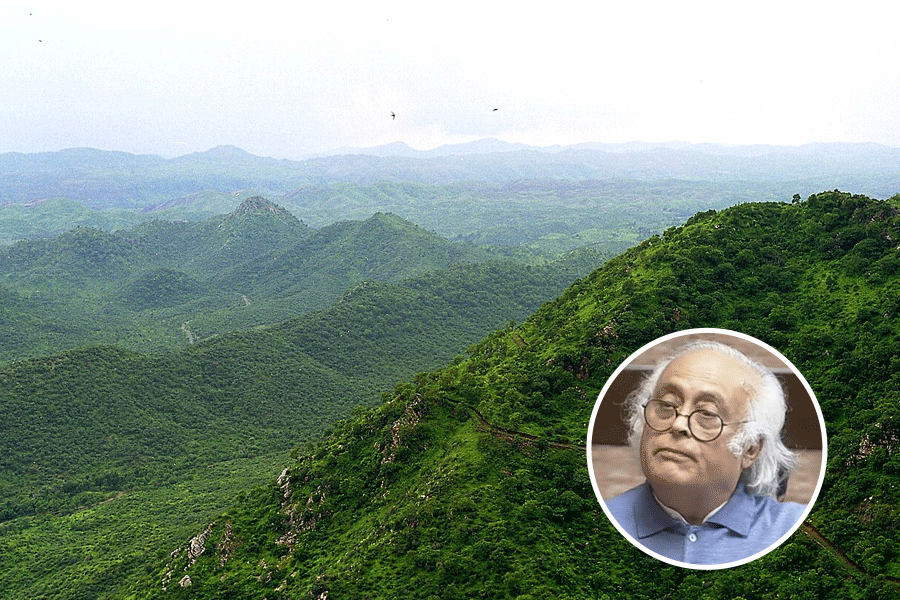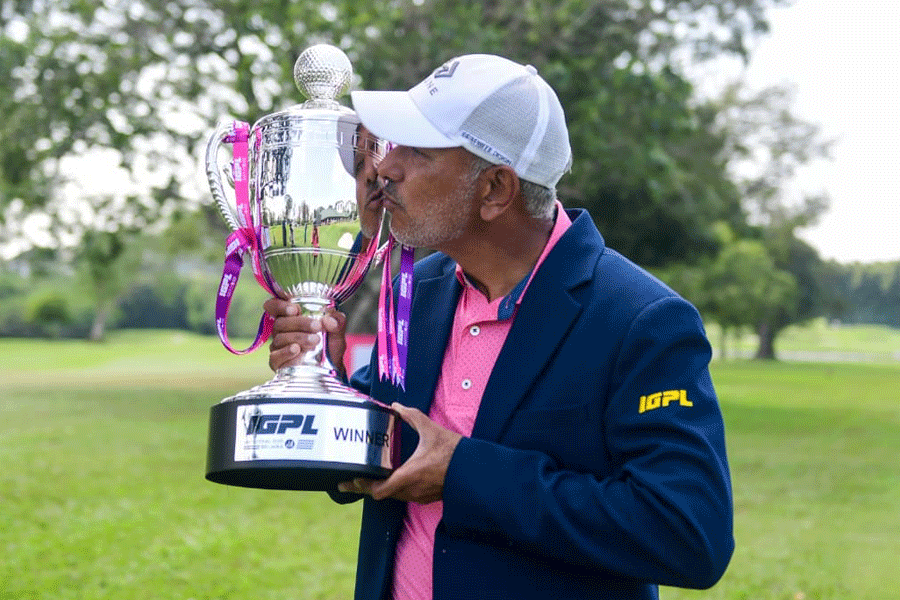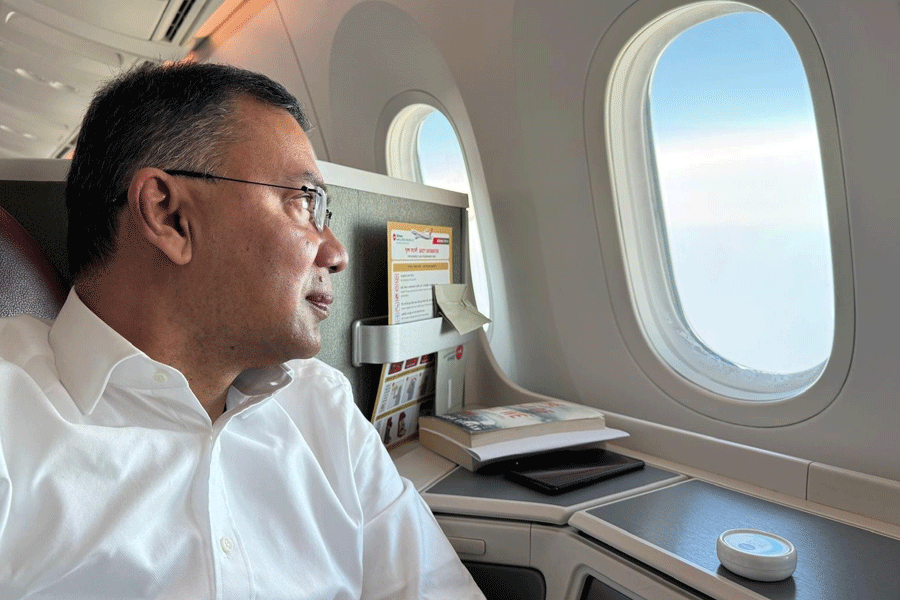
Calcutta is increasingly becoming known for its magnificent pandals, joyous devotion and Durga Puja celebrations. The scale of the pandals showcase the artistic skills of the city - the fabulous lighting boards unique to Bengal and the theatrical flare inherent in the sets as well as pandal design and execution.
Calcutta has a deep and diverse spiritual heritage. The city is home to Hindu, Muslim, Sikh, Buddhist, Jain and Christian denominations as well as Parsi, Jewish and Chinese religions. Few cities in the world can claim the diversity of religions that flourished here. The range of magnificent religious structures is an important element of our history which, if promoted, can become a major tourist attraction. Through the nineteenth and twentieth centuries and till today, religious thought and practice has developed in the city and has had a profound resonance across the world.
Calcutta's spiritual leaders gave the city a pre-eminent place in the world's spiritual geography. Best known among them are Raja Ram Mohan Roy, Keshab Chandra Sen, Ramakrishna Paramhansa, Swami Vivekananda and Sri Aurobindo. The lesser known who came to Calcutta to spread their word and garnered global attention include Anagarika Dharmapala and Nichidatsu Fujii. Most recently, Saint Teresa's work in the city inspired a global following and order.
Raja Ram Mohan Roy and Keshab Chandra Sen, the founders of the two branches of the Brahmo Samaj, had an important impact on religious thinking in India. The Brahmos spread their mission to the Northeast, South India and Maharashtra and influenced Unitarian thinking in the United States of America and Britain.
Ever since the Chicago Address at the World Parliament of Religions, Vivekananda garnered a global following. Today, the math and Mission have 187 centres and a presence in every continent. The Mission disseminates its teachings and ideals through public libraries, lectures, seminars, museums, exhibitions, and retreats and publishes books and treatises in multiple languages.
The nationalist, philosopher, guru, yogi and poet, Sri Aurobindo, born in Calcutta in 1872, founded the Aurobindo Ashram in Pondicherry. He has left the ashram as a living legacy. The purpose of Auroville, which attracts people from across the world, is to realize human unity.
Abhay Charan De, known as Bhaktivedanta Swami Prabhupada, the founder of International Society for Krishna Consciousness, was born in Tollygunge in 1896. Inspired by the message of Chaitanya, he established Iskcon and was responsible for its growth and outreach. Calcutta's Iskcon temple was the first in India. At the time of his death in 1977, there were 108 Iskcon temples worldwide. Iskcon's global headquarters are now in Mayapur.
The Sri Lankan Buddhist monk, Anagarika Dharmapala, built the Mahabodhi temple complex in Calcutta in 1911. He and Sir Edwin Arnold established the Mahabodhi Society in 1891 in Colombo to rekindle Buddhism in India, restore ancient Buddhist shrines and bring them under Buddhist control. In 1892, the Society moved to Calcutta where it remains as the headquarters. Dharmapala, a key reformer and revivalist of Sri Lankan Buddhism, was critical to its transmission to the West. He preached the dharma in Asia, Europe and North America.
Nichidatsu Fujii was a follower of the prophet, Nichiren (1222-1282). Reading Nichiren's declaration that the lotus sutra would one day be preached in India, Fujii set out for the country. His pilgrimage began in Calcutta (1931), where he walked chanting the daimoku, the central mantra that refers to the Japanese title of the lotus sutra. His followers built the Nipponzan Myohoji shrine in Calcutta in 1935.
Fujii founded Nipponzan-Myohoji, an order that would spread peace and non-violence. He returned to Japan to preach pacifism during the Second World War and returned to India to spread his teachings. Through the latter half of the twentieth century, Fujii prayed, fasted and organized peace marches. His followers are responsible for building shanti stupas (peace pagodas) across the world. Eighty peace pagodas were built in Europe, Asia and the US by 2000.
The most recent among the spiritual leaders associated with Calcutta is Saint Teresa, who founded the Missionaries of Charity to lend aid to the poor, disabled and the infirm. In 1965, Pope Paul VI granted her request to expand her congregation to other countries. The first was in Venezuela. The work initiated with a band of 12 sisters is now a worldwide mission with 4,500 volunteers.
As is very apparent from the Durga Puja celebrations, Bengalis draw from a deep well of spiritualism that is cosmopolitan and outward looking. The profound and eclectic spiritual legacy is an integral element of the city's religious fabric and culture. This deep engagement with spiritual leaders, ideas and discourse has shaped not only spiritual practice in Bengal but also religious thinking, practice and devotional styles across the world.

